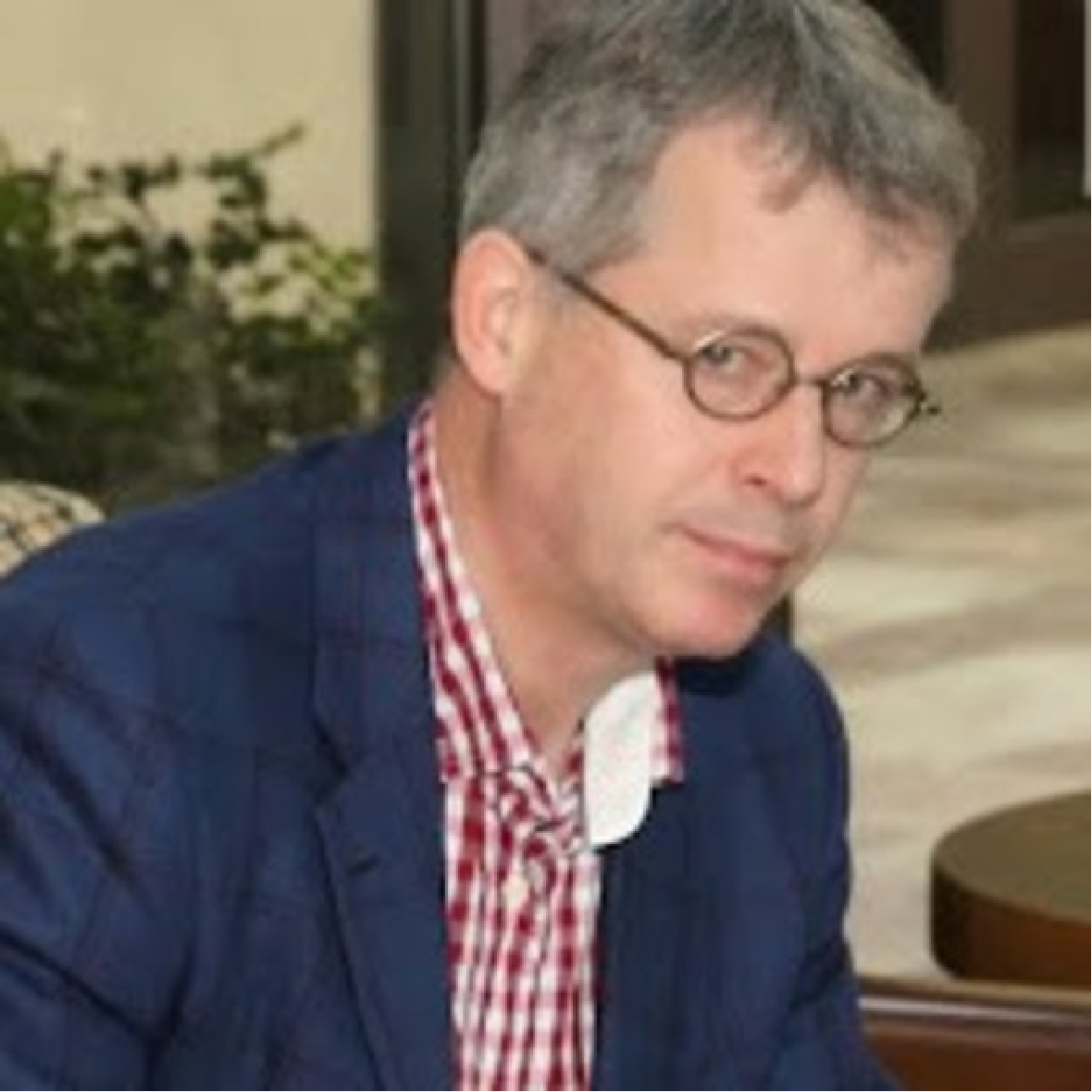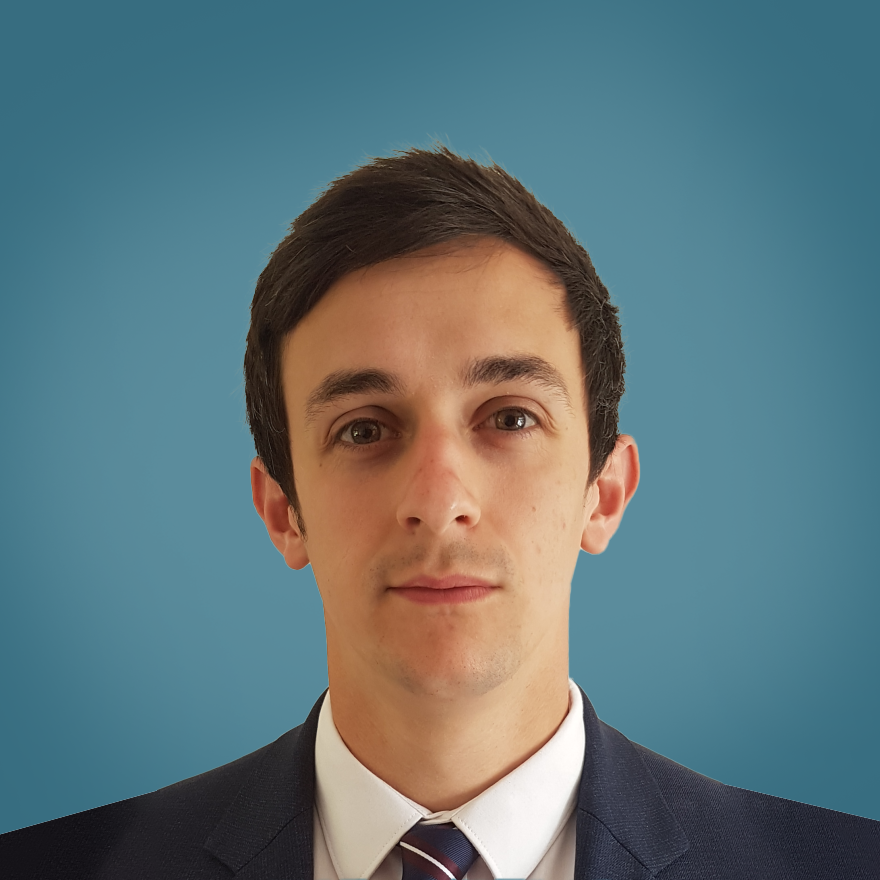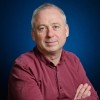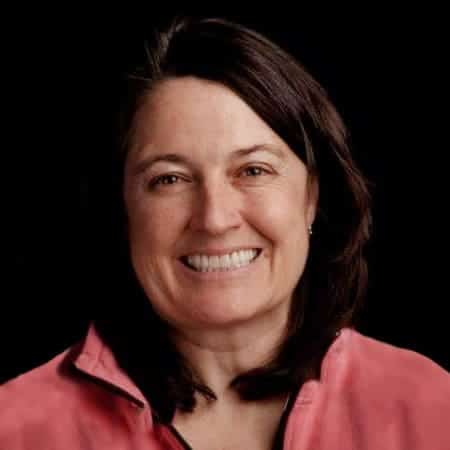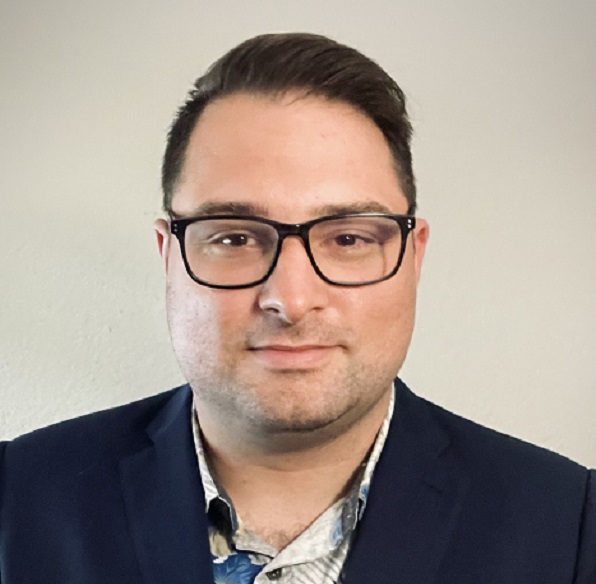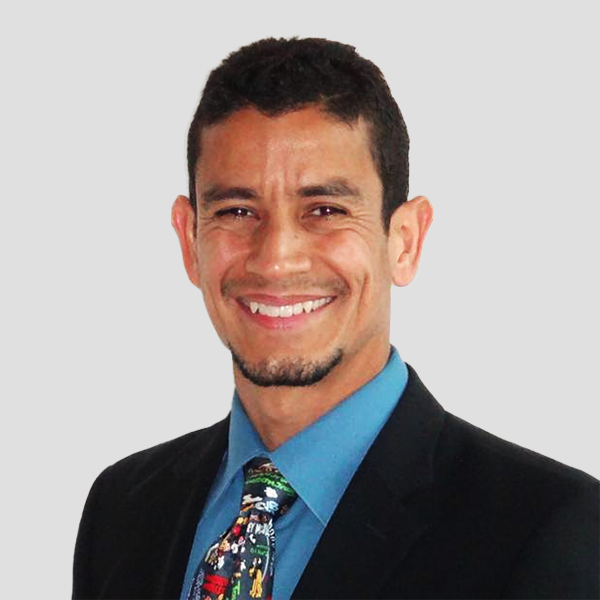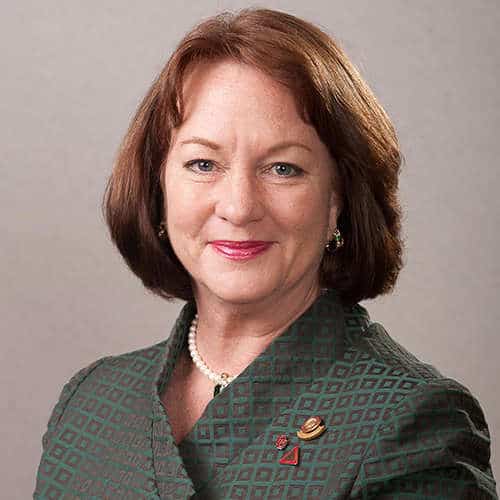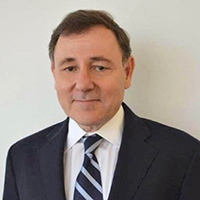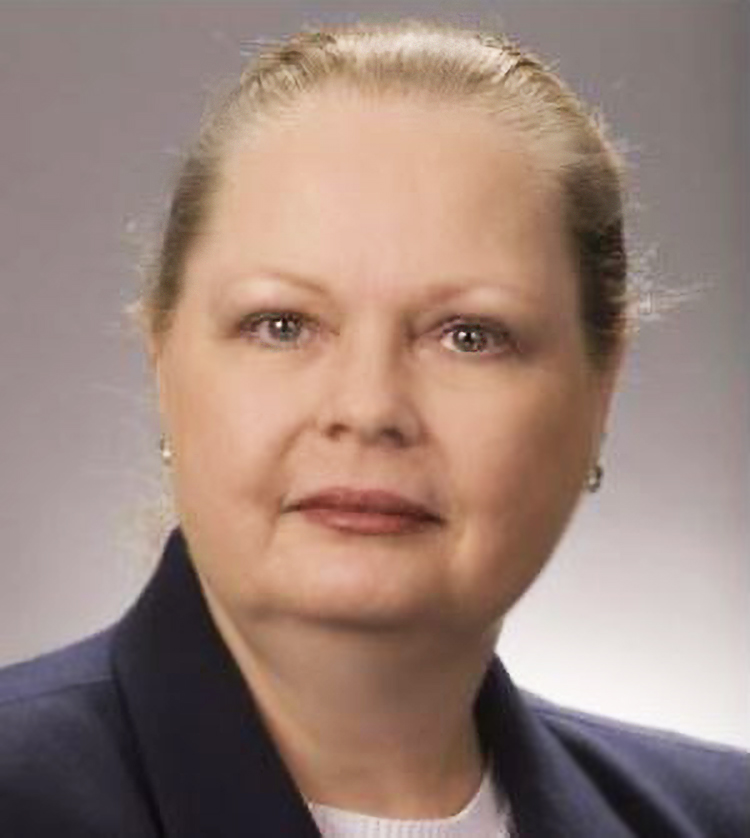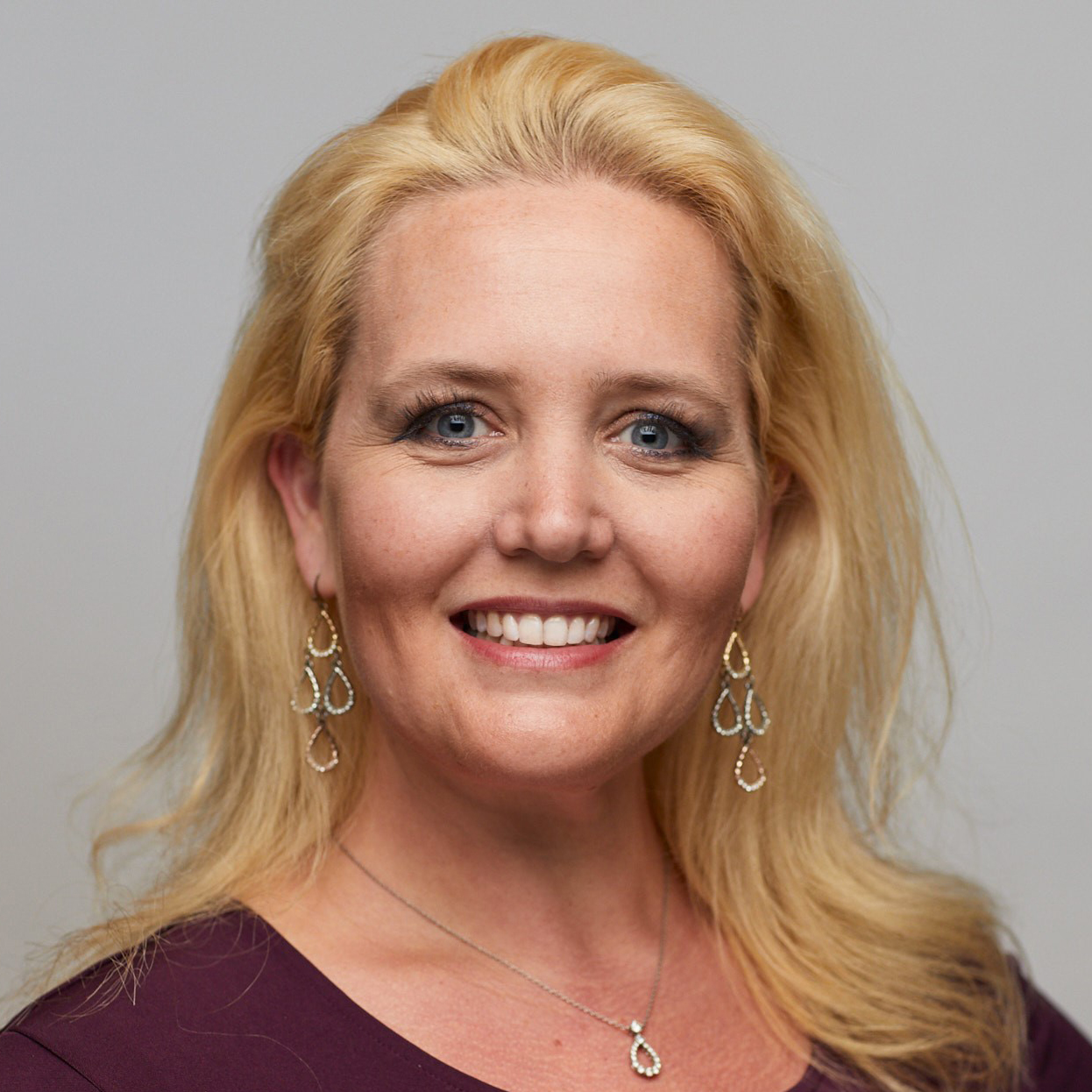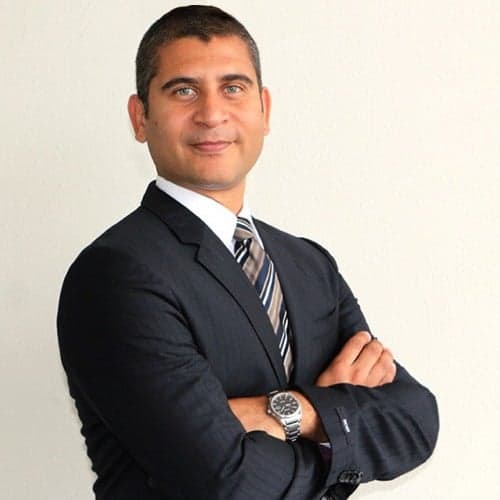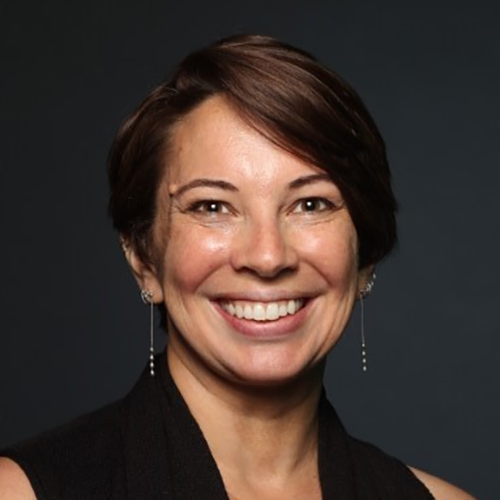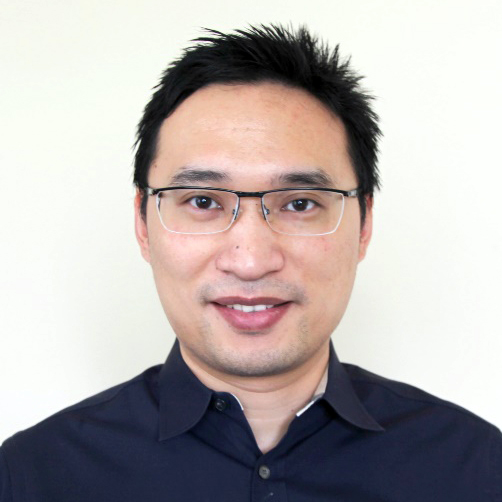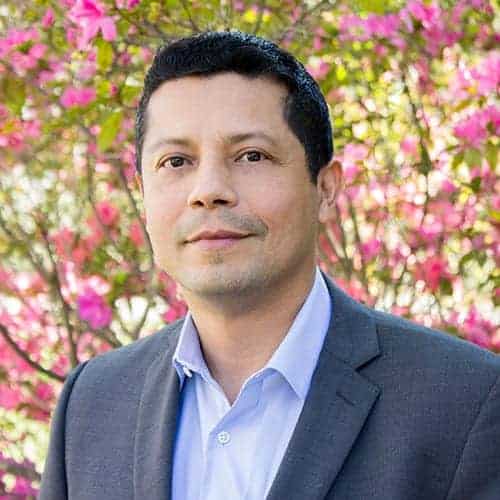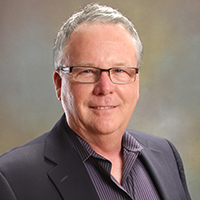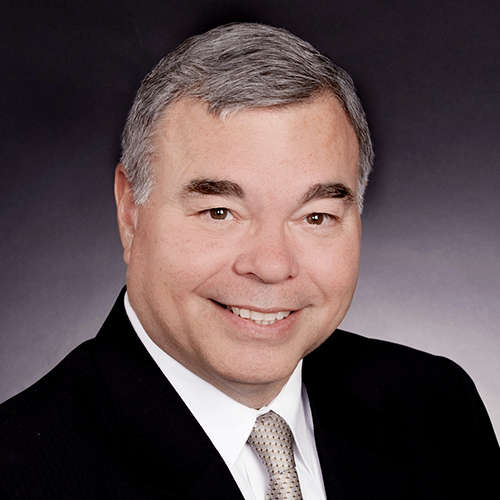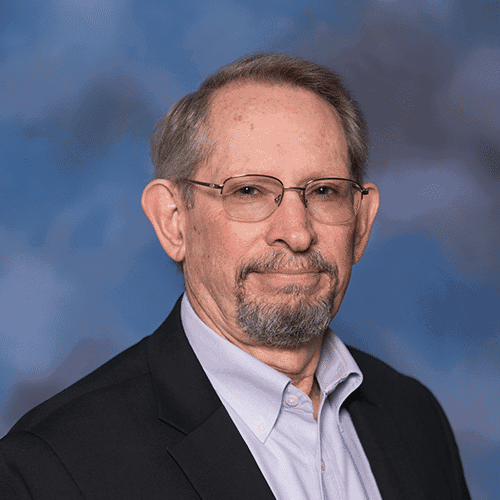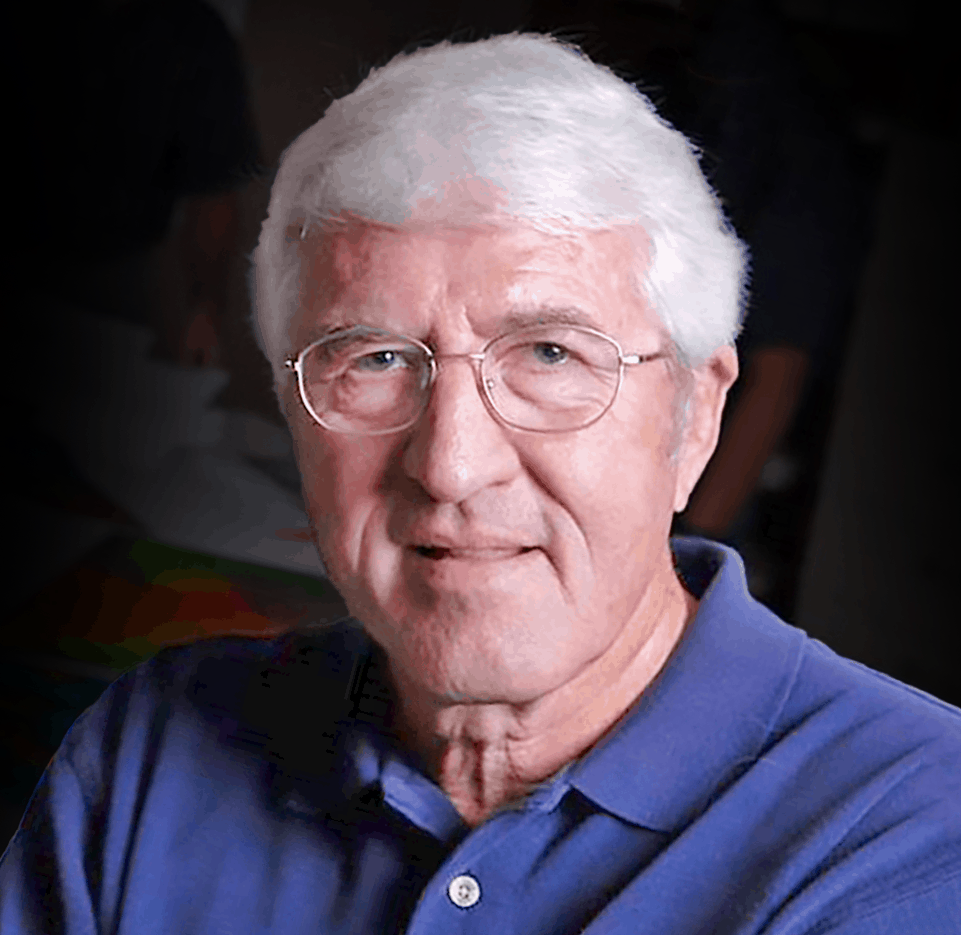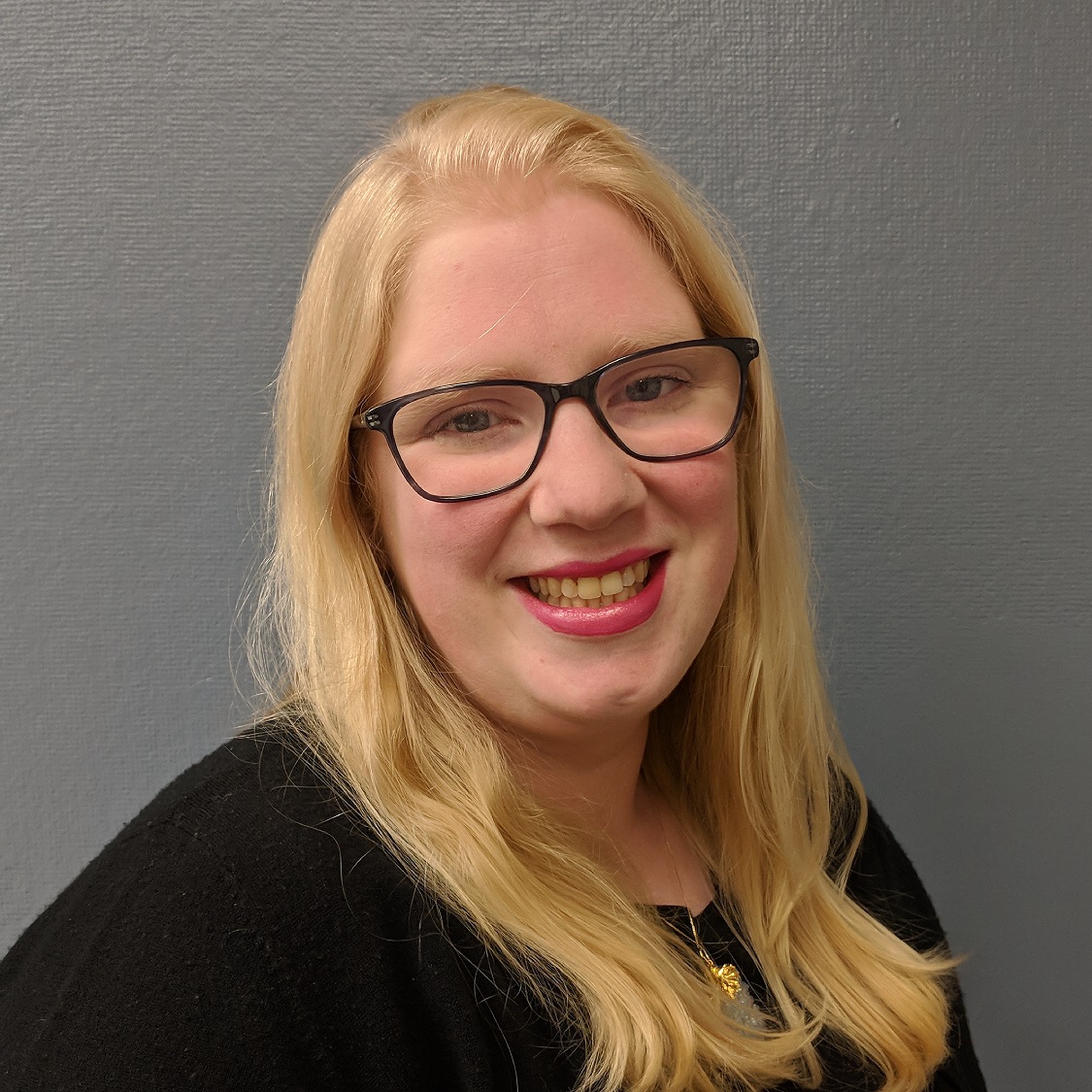Deborah Sacrey, owner and geophysicist of Auburn Energy, will be presenting a 45 minutes webinar on Solving Problems in Interpretation with Machine Learning during the 14th Middle East Geoscience Conference and as part of the GEO YPS Webinar Series. An interactive Q&A with Deborah will follow her presentation.
Title: Solving Problems in Seismic Interpretation with Machine Learning | Presenter: Deborah K. Sacrey, Auburn Energy | Date: Tuesday, 15 September 2020 | Time: 8 AM (Central)
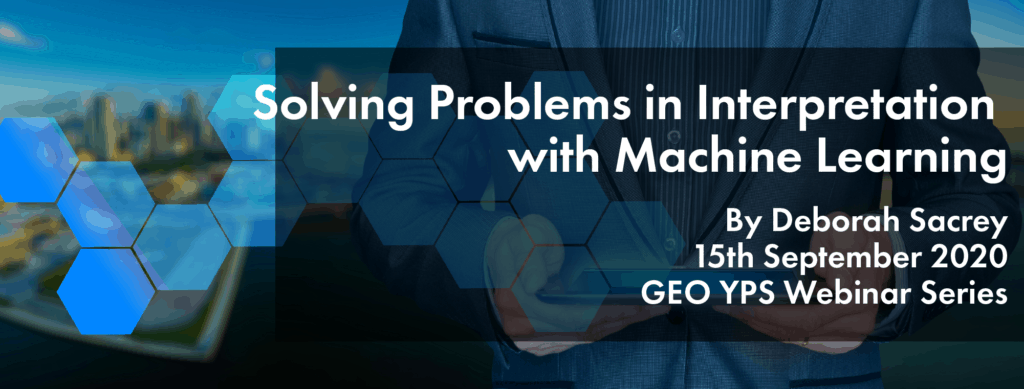
Abstract:
The process of statistically analyzing multiple seismic attributes using a SOM (Self-Organized Map) algorithm has been around for several decades. However, advances in computing power, coupled with the many new attributes developed in the last 30 years, has made this type of analysis extremely powerful.
In the past, SOM has been used on only one attribute at a time, and using the seismic wavelet as the basis for the neural analysis. The approach in this presentation is using SOM on multiple seismic attributes at one time, and in a sample-based, not wavelet, format.
Multi-attribute machine learning using SOM (which is an unsupervised learning process) can be shown to reveal details in the data not previously identified and which can be interpreted to be lithologic in nature. The detail comes with the statistical analysis of the data based on information on each sample on each trace in the data. The result of this sample-based statistical analysis is that one can interpret thin-bed resolution well below conventional wavelet tuning. This in turn, helps with highly accurate reservoir prediction when one ties the information to existing production or in the estimation of new reserves in exploration plays.
The key to the presentation is showing examples of problems in the every-day interpretation of data which can be solved by the neural analysis (Classification) of multiple seismic attributes. These problems could be reservoir delineation, exploration and exploitation for new reserves, interpretation of complicated stratigraphic sequences, or basic interpretation when the data is less than optimal. Highlighted will be several case histories where the use of SOM has helped with mapping carbonate-on-carbonate sequences, finding reservoirs in poor data quality, thin-bed definition of reservoirs, and subtle structural features not seen in regular amplitude data. Examples are also shown in using classification to tie to mud logs as well as electric logs.
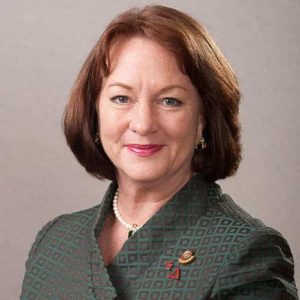
Deborah Sacrey
Auburn Energy
With 41 years of oil and gas exploration experience in the Texas, Louisiana Gulf Coast, and Mid-Continent areas of the US. Deborah is a geologist/geophysicist who specializes in 2D and 3D interpretation for clients in the US and internationally.
She received her degree in Geology from the University of Oklahoma in 1976 and began her career with Gulf Oil in Oklahoma City. She started Auburn Energy in 1990 and built her first geophysical workstation using the Kingdom software in 1996. Deborah then worked closely with SMT (now part of IHS) for 18 years developing and testing Kingdom. For the past eight years, she has been part of a team to study and bring the power of multi-attribute neural analysis of seismic data to the geoscience community, guided by Dr. Tom Smith, founder of SMT. Deborah has become an expert in the use of the Paradise® software and has over five discoveries for clients using the technology. Deborah is very active in the geological community. She is past national President of SIPES (Society of Independent Professional Earth Scientists), past President of the Division of Professional Affairs of AAPG (American Association of Petroleum Geologists), Past Treasurer of AAPG and Past President of the Houston Geological Society. She is currently the incoming President of the Gulf Coast Association of Geological Societies (GCAGS) and is a member of the GCAGS representation on the AAPG Advisory Council. Deborah is also a DPA Certified Petroleum Geologist #4014 and DPA Certified Petroleum Geophysicist #2. She is active in the Houston Geological Society, South Texas Geological Society and the Oklahoma City Geological Society (OCGS).

